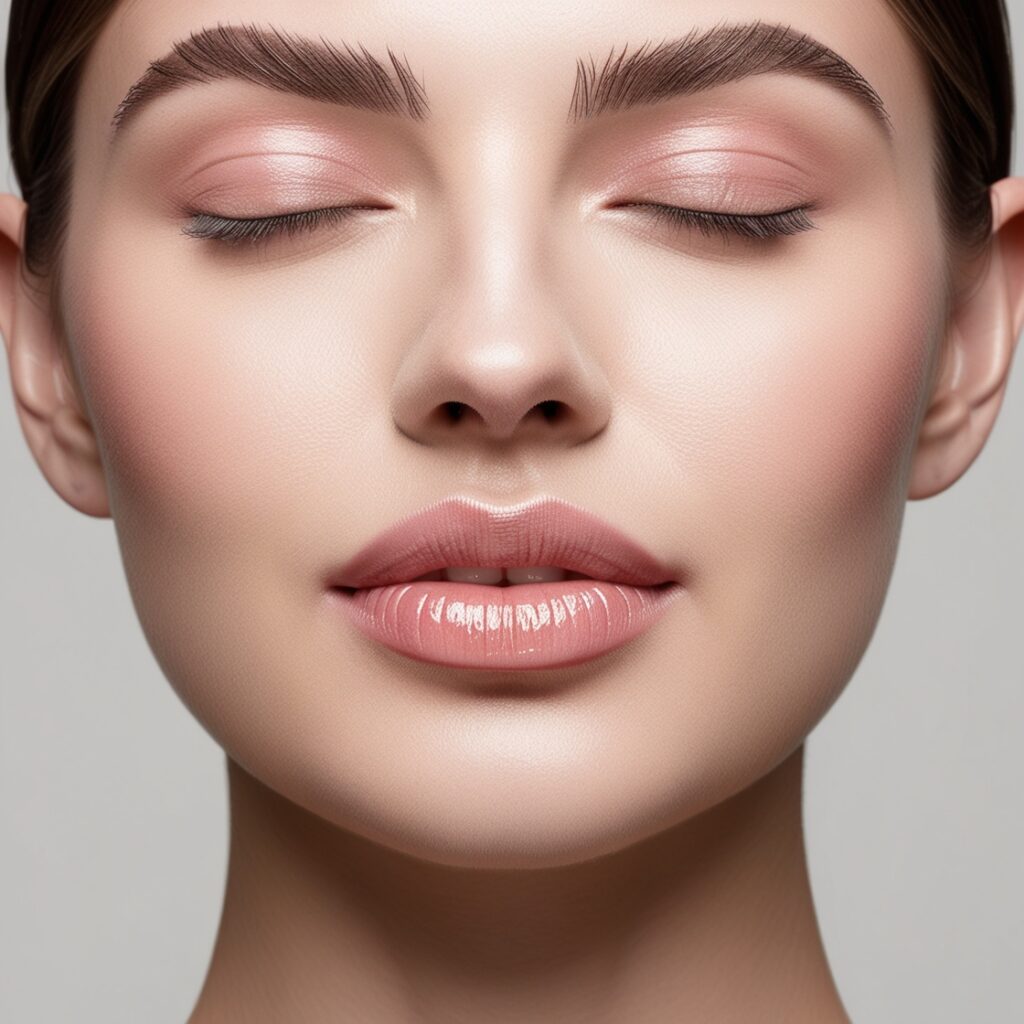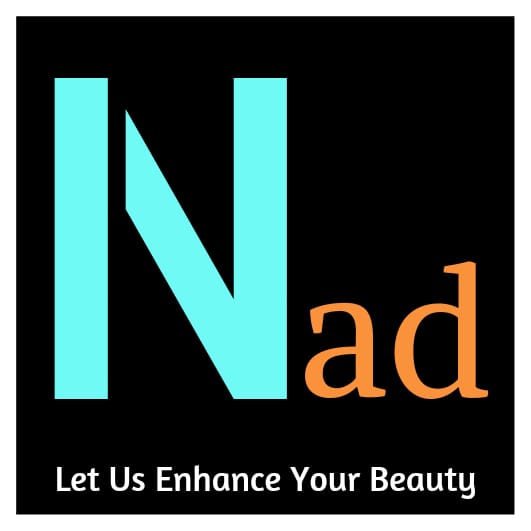
Elevating Your Craft: The Vital Role of Human Practice in Permanent Makeup
Introduction
In the dynamic world of beauty and aesthetics, mastering permanent makeup (PMU) requires precision, skill, and an understanding of human features. While latex practice offers a basic foundation, the invaluable experience gained from working on real skin elevates an artist’s career significantly. This article explores why practicing on human skin is crucial for aspiring permanent makeup artists

Realistic Skin Texture and Variability
Human skin offers unique characteristics like pores, elasticity, and varying thickness, which latex cannot replicate. Practicing on real skin helps artists adapt to these nuances, enabling them to create natural-looking, customized results for clients.
Understanding Skin Undertones
Recognizing and working with different skin undertones is vital for achieving optimal results in PMU. Human practice allows artists to observe and understand these subtleties, ensuring that pigment choices complement the client’s natural complexion. This attention to detail is essential for harmonious and long-lasting results.
Developing a Gentle Touch
Human skin, especially on the face, is more delicate and sensitive than latex. Practicing on real clients helps artists develop a gentle touch, learning the right amount of pressure, hand angle, and needle speed. These skills can only be honed through hands-on experience on real skin.
Communication and Client Interaction
Working with real clients provides an opportunity to develop essential communication and interpersonal skills. Artists learn to understand client preferences, address concerns, and build trust—skills that are vital for a successful PMU career where client satisfaction is paramount.
Problem-Solving in Real Time
Every client’s skin is unique, and unexpected challenges can arise during PMU application. Practicing on human skin helps artists develop real-time problem-solving skills, preparing them for various scenarios in their professional careers. This adaptability is a hallmark of a skilled and confident permanent makeup artist.
Combining Techniques
Some artists opt for a combination of microblading and microshading to achieve desired looks. This hybrid approach offers the best of both worlds: the natural strokes of microblading combined with the shaded fullness of microshading.
Preparation and Aftercare
To ensure the best results, proper preparation and aftercare are crucial. Before an appointment, clients should avoid alcohol and caffeine and follow the technician’s instructions. Post-procedure, keeping the area clean and moisturized, and avoiding excessive sun exposure and makeup application on the treated area is essential.
Maintenance and Touch-Ups
Regardless of the technique used, maintenance is key. Touch-ups are typically required every 12-18 months to keep brows looking fresh and vibrant. Regular touch-ups ensure the pigment remains vibrant and the shape stays well-defined.
Conclusion
Prioritizing practice on human skin over latex offers invaluable insights and adaptability essential for success in PMU. The hands-on experience refines technical skills and fosters the interpersonal and problem-solving abilities necessary for a thriving career in permanent makeup. Investing time in human practice not only enhances technical proficiency but also builds the confidence needed to excel in this dynamic field.
